Searching for the healthiest options when it comes to shopping for your baby can be overwhelming. However, there are several incredibly healthy and sustainable choices on the market that make purchasing for your little one a breeze.
In this post, we have unveiled what it means to buy high-quality organic baby clothing for your kiddo, so you can be prepared to make the right choice for your newborn without worrying or wasting time. Whether you're looking to build a capsule wardrobe of baby basics in gender-neutral colors or a fun mixture of patterns and solid colors, organic fabrics are your best bet.

We've compiled and answered the tough questions when it comes to organic baby clothes in this all about organic baby clothes FAQ:
Q: Is The Company Certified Organic?
A: If the company you are purchasing from is genuinely certified organic and not just using a well-implemented marketing campaign when they will be registered with a USDA or an EU accredited certifier for the country or region. You may also want to check whether they follow fair trade practices, if they are aligned with the global organic textile standard, and if they use environmentally-friendly dyes or harmful chemicals like flame retardants.
Q: What Materials Is The Company Using, And What Are The Best Organic Baby Clothing Materials?
A: There are a variety of organic materials on the market. Here are a few we think are worth investing in when it comes to your baby:
Organic Cotton — Cotton is a renewable resource. When grown sustainably on organic farms that do not use pesticides to produce their fiber, it can be an excellent base-line choice for buying organic clothing for your new baby. It works well in bodysuits and rompers for your baby girl or boy. It's also cooling and soft for crib sheets.
Cotton, though the most common fabric used in baby clothes due to its softness and low irritability, is not the most sustainable because it is commercially farmed and requires large amounts of water to produce the crop in most regions where it is cultivated to be a successful harvest. You also want to make sure the fabric uses low-impact dyes. Some people believe that Egyptian cotton is even better, but make sure that it's legitimate before purchasing.
Organic Merino Wool — We all know wool to be itchy and sometimes irritating to the skin. However, Merino wool is the exception. It's great for leggings and long-sleeve one-piece PJs to keep your baby warm and cozy at night, or mittens for a cold day. It also works great for a blanket to swaddle your baby in.
Merino wool comes from a specific breed of sheep with smaller and less coarse fibers naturally in their wool. This wool is softer and way less irritating, but you still have to make sure that it has been organically and sustainably processed.
Organic merino wool is one of the most sustainable fabrics for baby clothes. It can be produced entirely without the use of chemicals through responsible animal husbandry and is a totally biodegradable resource.
Some of the properties of merino wool:
- Moisture-wicking — Merino wool is naturally moisture-wicking. It will absorb your baby's sweat and release it into the air away from the baby's skin, keeping them dry and comfortable, which is why it's so great for sleepwear and hoodies.
- Regulates body temperature — Merino wool naturally regulates temperature. It will keep baby cool whenever it is hot and keep baby warm whenever the temperatures are cold and can be worn year-round.
- Perfect for Sensitive Skin — Merino wool is made up of extra fine fibers that are oh so silky on the skin, helping ward off rashes caused by overheating and chaffing with other fibers.
Organic Hemp — Some parents, especially in the United States, might be wary of using organic hemp fabric for their children's clothing. However, the benefits of using this fiber in your child's wardrobe outweigh any negative connotations or misguided press. Organic hemp fabric is perfectly safe for your children to wear. In fact, hemp has several incredible benefits and is an amazingly helpful fabric. It works well for onesies and t-shirts.
These benefits include:
- Incredibly organic and sustainable — Hemp is an organic and sustainable resource. No pesticide has ever been created to manage a hemp crop, and therefore it is always grown pesticide-free. Hemp also does not require any chemicals to be used when processing its fibers into cloth.
- UV protection — Lignin is naturally found in hemp and naturally provides 95% protection from UV rays. Cotton only provides somewhere between 30-70% depending on the quality.
- Bactericidal — The Lignin in hemp is also bactericidal, which means that bacteria do not grow or survive within the fibers. With hemp, your clothes won't smell from sweat.

Recycled Fabrics — The "new" organic fabric. Although recycled fabrics are not exactly organic in that they are not grown or created of organic materials. However, they are a sustainable choice when it comes to children's clothing.
Recycled fabrics are made from different materials that are given a second or even third life. This is incredibly sustainable in our current times, especially with the amount of production.
Recycled fabric can be made from:
- Recycled wool
- Recycled polyester
- Recycled cotton
- Recycled plastic bottles
Can you imagine how amazing it would be for our environment if we all wore incredibly soft fabrics made from all the recyclable plastics in the world? These clothes are durable, sustainable, and they can look and feel just as wonderful as the organically grown fabric. Plus, most have similar bactericidal and moisture-wicking components like some organic fibers. You can find all sorts of clothing made from recycled materials, from swimwear to kimono tops to joggers.
Q: Does The Company Employ Sustainable Practices As Well As Their Fabric Choices?
A: Sustainability in clothing production is just as important as organic is to the growing of the fibers to make the fabric. If the facilities themselves do not support and practice sustainable production, then there is no point in purchasing their organic products.
Look for companies that:
- Are open about the locations of the facilities and where their products are produced. Different countries and even states have different regulations for sustainability.
- Employ sustainable practices in their manufacturing by creating a sustainable environment for their workers. Harsh chemicals used in production can be damaging for the end-user, but imagine the damage and effects of working in a facility that uses harsh chemicals.
- Give back to help support the environment. Companies that use a percentage of their proceeds to help offset carbon immersions and support environmental groups.
Q: How Do I Care For My Baby's Organic Clothing?
A: Baby's have sensitive skin, and so new parents are already mindful of how harsh chemicals can irritate and cause rashes on new baby's skin. That could be one of the main reasons why you've chosen to go organic with your baby's clothing.
It defeats the purpose of buying organic baby clothing and then not using sustainable practices or products to keep those pieces of clothing clean. Be sure to always use sensitive and fragrance-free, biodegradable detergents on your organic baby clothes.
This ensures that you aren't adding in any harsh chemicals to your baby's clothes that the manufacturer took the time to make sure are not present during the process of making your baby's new outfit or even their bibs and burp cloths. Which ensures you keep chemicals and harsh dyes away from baby's sensitive skin.

Organic Fabrics Are Merely A Reflection Of Your Beautiful New Baby
No matter which fabric or a myriad of materials you choose to clothe your baby in, know that deciding to go organic is one of the healthiest decisions you can make for your baby, whether it's for their footies or a stylish jumpsuit.
Babies have sensitive skin, and it doesn’t take much for them to experience an allergic reaction to the many chemicals found in mass-produced clothing. But you can protect your baby by making informed choices about the fabric you are using when getting them dressed for the day.
With so many different organic and sustainable options on the market, you are sure to find exactly the right products that fit your baby's needs and help keep your baby healthy and chemical-free.

Sources -
https://timeshempcompany.com/2017/04/pure-hemp-clothing-for-children/
https://www.organicconsumers.org/news/hemp-baby
https://www.epa.gov/sustainability/sustainable-manufacturing
https://www.ccof.org/faqs/how-do-i-know-if-organic-certificate-my-supplier-sent-me-valid
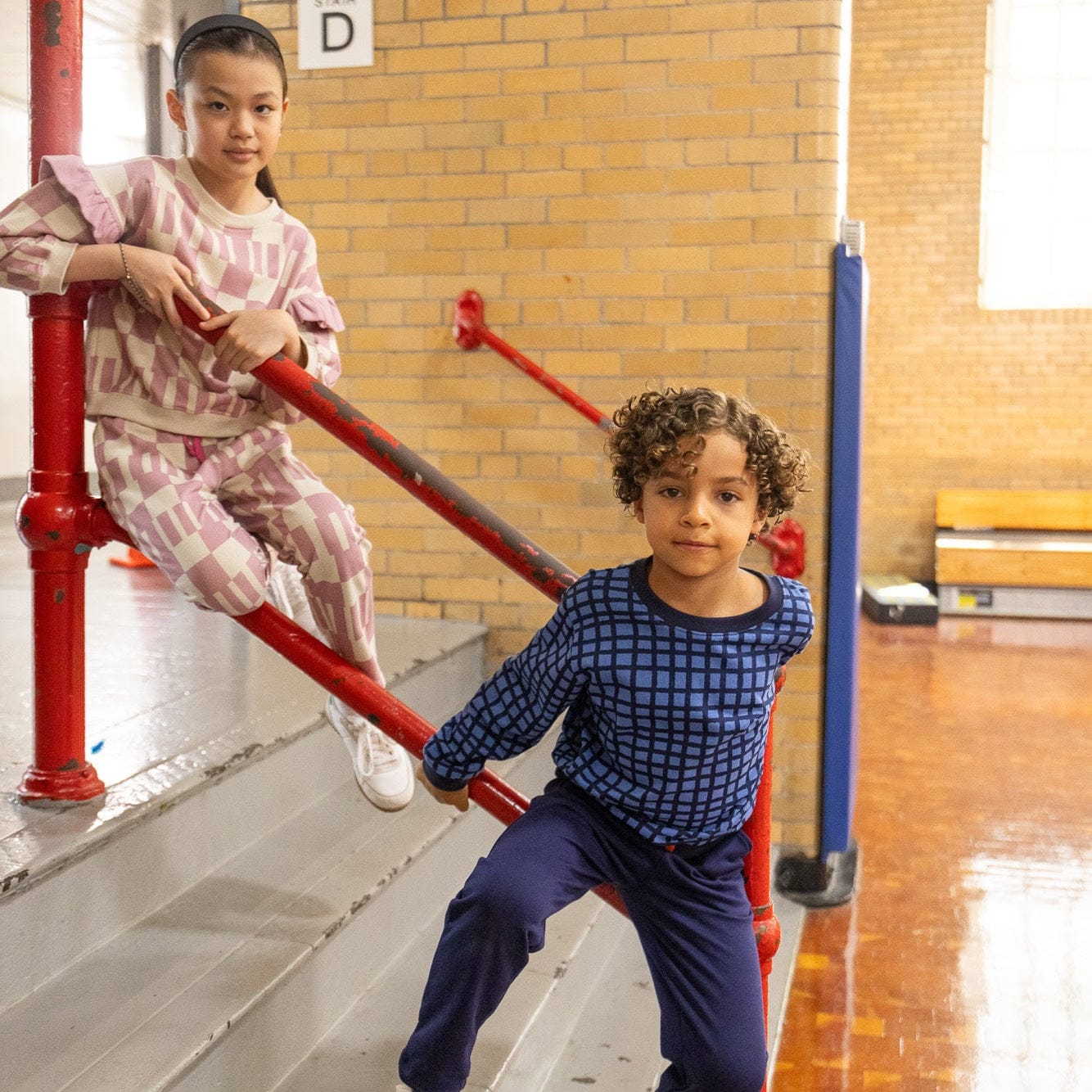
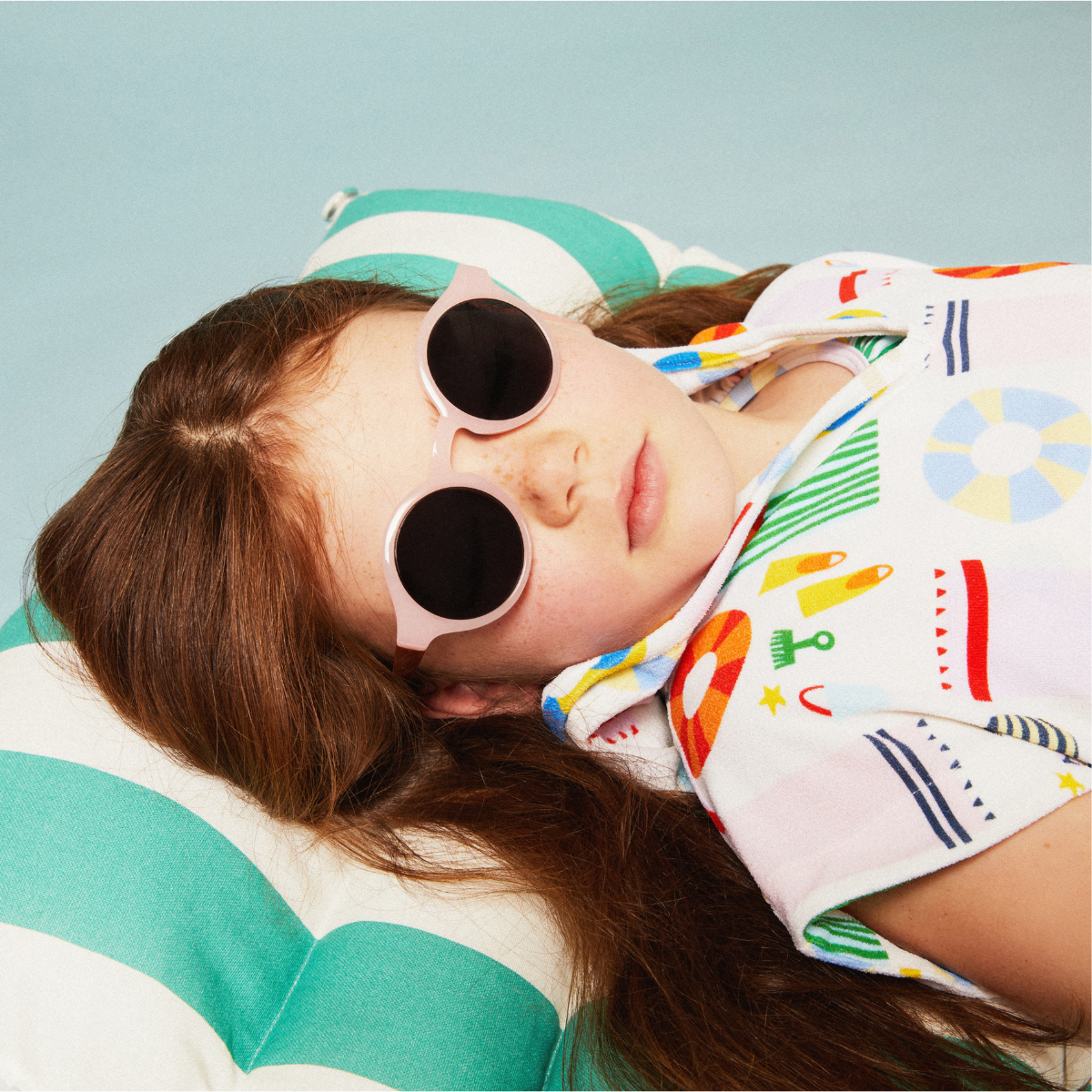
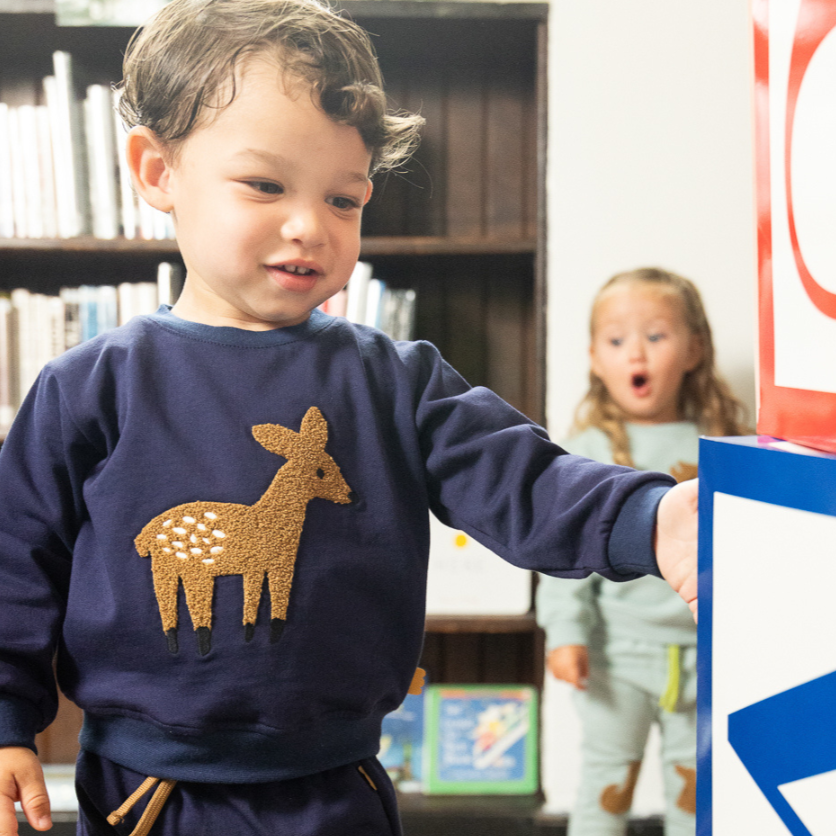
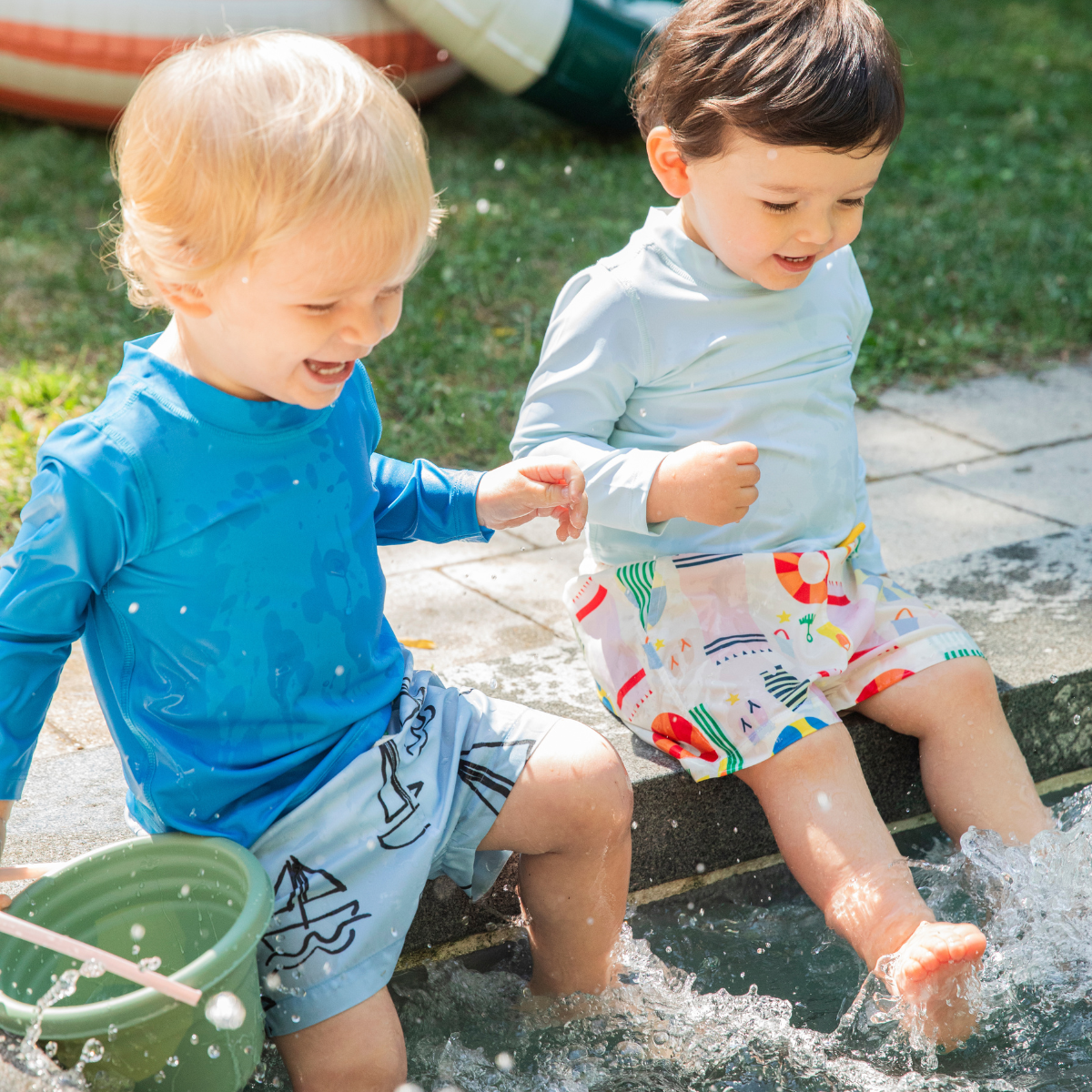
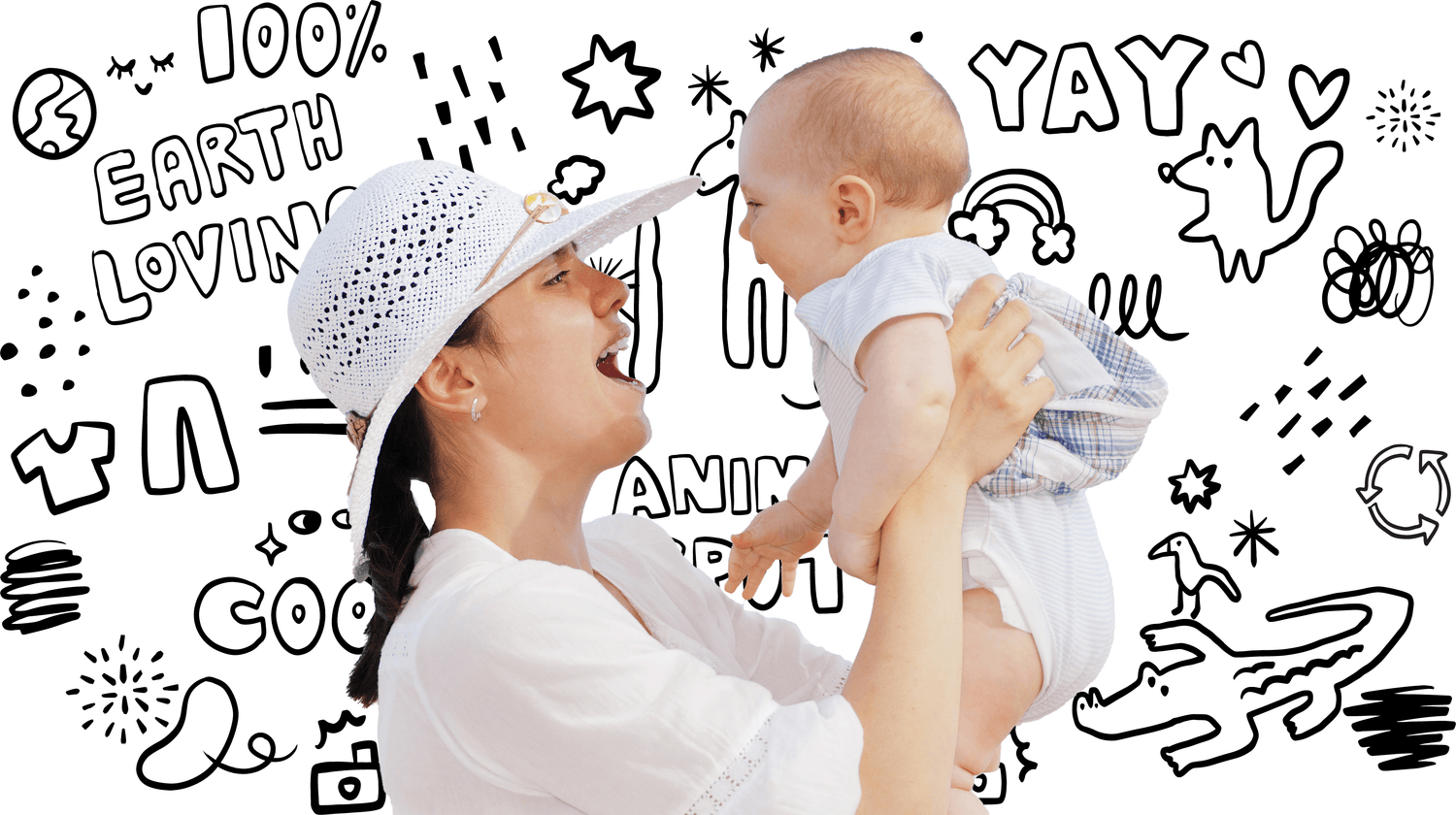
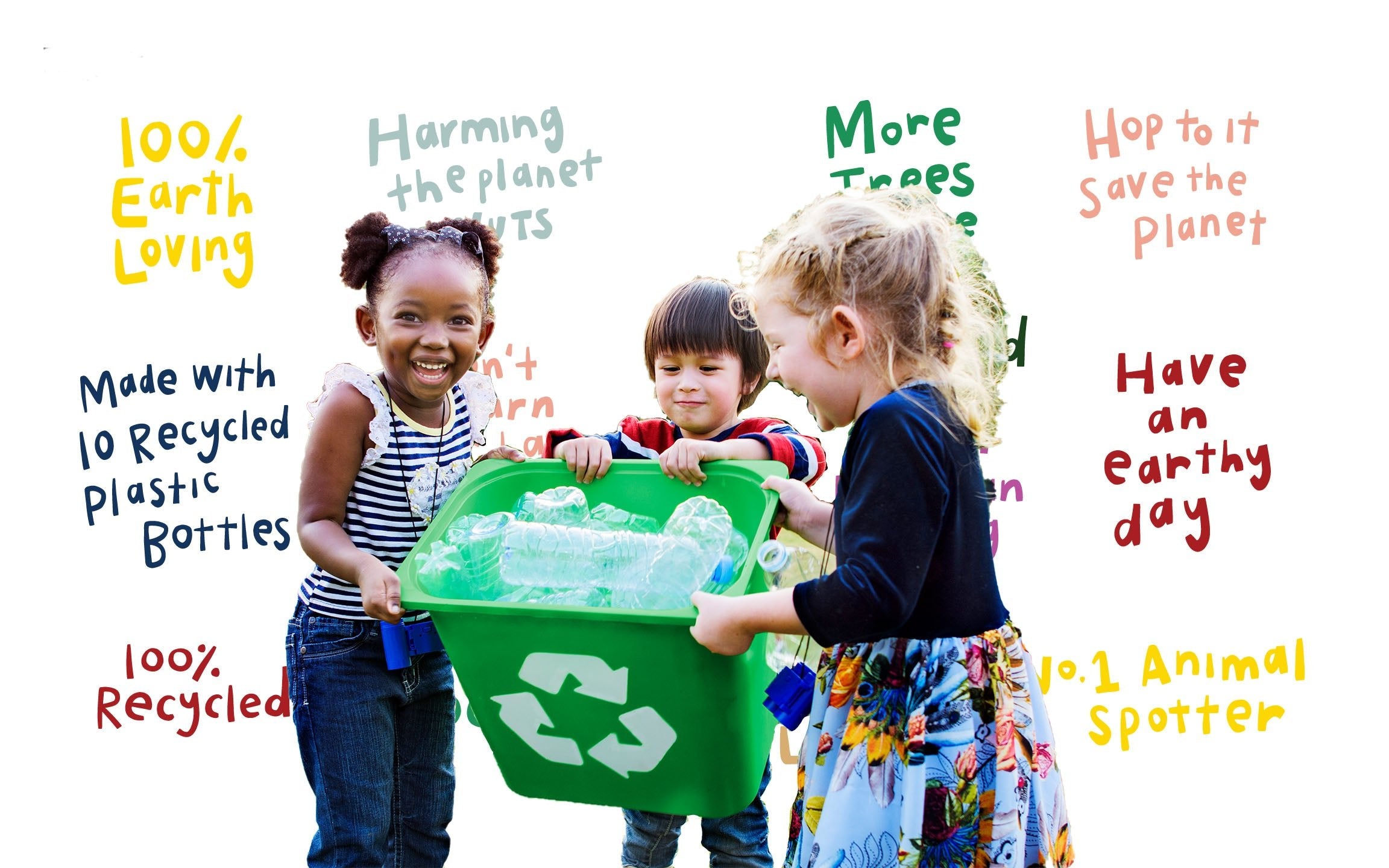

Leave a comment
This site is protected by hCaptcha and the hCaptcha Privacy Policy and Terms of Service apply.